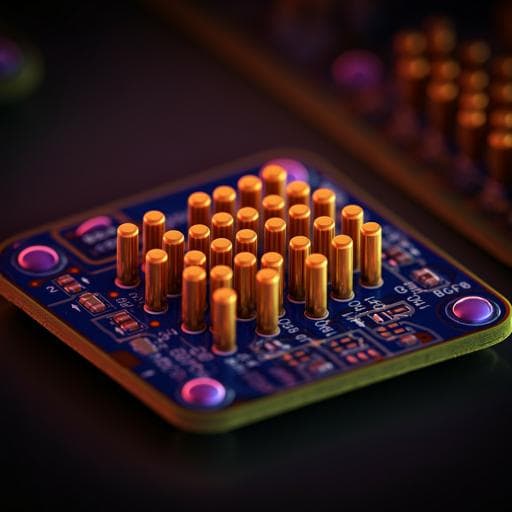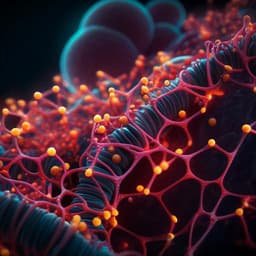
Medicine and Health
A flexible protruding microelectrode array for neural interfacing in bioelectronic medicine
H. Steins, M. Mierzejewski, et al.
Discover the groundbreaking research by Helen Steins and colleagues as they introduce a revolutionary three-dimensional microelectrode array designed for low-invasive recordings of neural signals from delicate pelvic nerves. Their innovative approach not only promises to enhance signal quality but also paves the way for advancements in bioelectronic medicine, impacting crucial functions like digestion.
~3 min • Beginner • English
Related Publications
Explore these studies to deepen your understanding of the subject.







